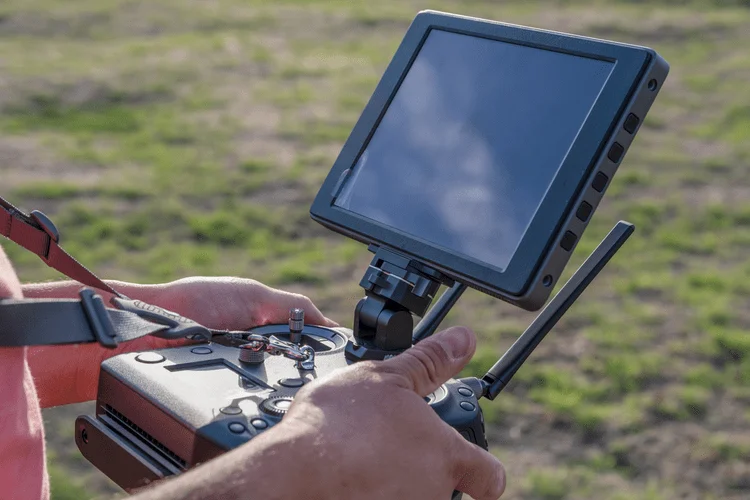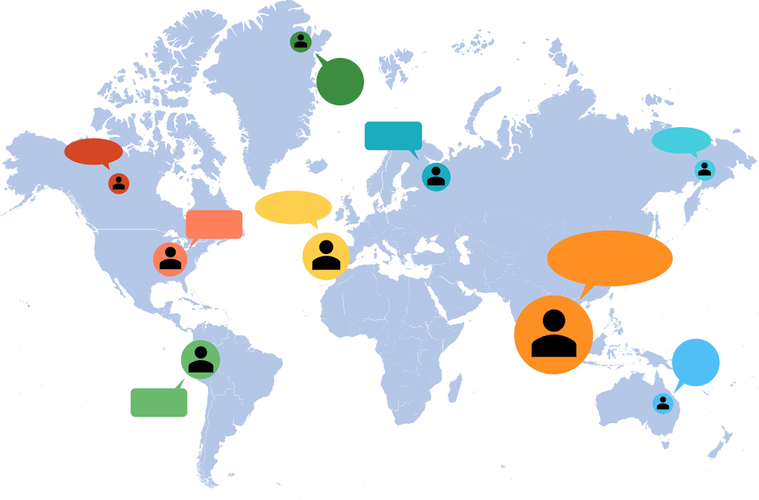Every new iteration of the code or every new feature pushed runs the risk of introducing bugs and incompatibilities issues. Measuring the number of these types of issues introduced with every push can help you understand the effectiveness of your team. This will involve giving them more autonomy than I imagine a lot of companies would feel comfortable with allowing. Trust will be crucial to letting these teams organize themselves and learn what is effective and what needs more effective implementation next time, but that’s the price of doing business. A model that they are not familiar with can have a dry run approach, select a few people from each team and work in the model presented to them to see the benefits and negative parts of it.

To enact DevSecOps, an organization must set up tools and processes that enable developers, security engineers and IT professionals to participate in security operations. All three groups of stakeholders should have visibility into security problems so that they can counter those problems in a collaborative manner. Likewise, developers should be prepared to communicate with security engineers early and often to help design code that is secure from the start. IT engineers should work closely with the security team to ensure that their deployment and management processes follow best practices with regard to application and infrastructure security. The primary purpose of DevSecOps is to automate, manage, and enforce security throughout the software development lifecycle .
DevOps Anti-Types
The DevOps evangelist is an individual who is ready to take to the leadership position. He or she is prepared to influence everyone to follow his or her lead. Importantly, the DevOps evangelist is the individual who is genuinely concerned about DevOps advantages for the team, and even the organization in its entirety. Although this Online DevOps Training Program is the copyrighted intellectual property of International DevOps Certification Academy™, we wanted to make these materials freely accessible for everybody.

The Scrum Master assumes the role of a facilitator and mentor to the team. They guide the team in understanding and applying Agile principles and practices, remove obstacles that https://globalcloudteam.com/ could hinder progress, and ensure that the team functions smoothly. The Scrum Master also facilitates meetings like daily stand-ups, sprint planning, and retrospectives.
The Seven DevSecOps Concepts & Principles To Ace for True DevSecOps
This flexibility helps your team to adjust and improve on a continuous basis. Code is at the core of DevOps processes, and the people who write code are at the core of a DevOps organization. What’s complicated is that not all developers are equally suited to DevOps practices.
Dave Vellante’s Breaking Analysis: The complete collection – SiliconANGLE News
Dave Vellante’s Breaking Analysis: The complete collection.
Posted: Fri, 16 Jun 2023 10:33:12 GMT [source]
After familiarizing yourself with Agile, your next move would be to define team roles and scout for the ideal team structure to handle the tasks. EY is a global leader in assurance, consulting, strategy and transactions, and tax services. The insights and quality services we deliver help build trust and confidence in the capital markets and in economies the world over. We develop outstanding leaders who team to deliver on our promises to all of our stakeholders. In so doing, we play a critical role in building a better working world for our people, for our clients and for our communities. Just because the organizational model is being moved toward DevSecOps, it doesn’t mean that leading practice approaches to change management can be ignored.
Difference Between DevOps and DevSecOps
Agile shops can — and often do — also adopt DevSecOps principles or create some kind of hybrid structure that merges the two approaches. Explore the possibility to hire a dedicated R&D team that helps your company to scale product development. Type 2 of DevOps organizational structure can also be called “NoOps” because there is no separate or visible Ops command in this model (although the NoOps model in Netflix is also similar to Type 3 ).

And that learning comes from understanding the new functionality’s value in the market. Since features have no value until released, enterprises must constantly build, measure, and learn to evolve digital solutions that quickly attract and retain customers. Figure 3 shows that SAFe’s CDP operates as a closed-loop system that fosters rapid, low-risk experimentation and continuous learning about customers’ needs, habits, and preferences. SAFe carries this sentiment forward, treating security as a primary concern. In SAFe, to say “DevOps” means “DevSecOps.” Protecting customers, employees, citizens, soldiers, families, and businesses is not something we choose to do or not do in DevOps. As such, modern security practices shine through in many areas of SAFe, including the Big Picture, Framework guidance, courseware, assessments, Extended SAFe Guidance articles, and more.
Help us continuously improve
Security wants to slow down and ensure there are no risky vulnerabilities in the code that Dev is creating. Bringing these groups together requires a combination of new strategy, investment in tools, and cultural changes within the organization. The server environment, the creation of authorized users, the deployment of access keys, and the account under which the code runs are just some of the aspects that affect code safety. Operations people need to understand these factors and make a checklist of critical issues. The central idea of DevSecOps is that everyone is responsible for security.

